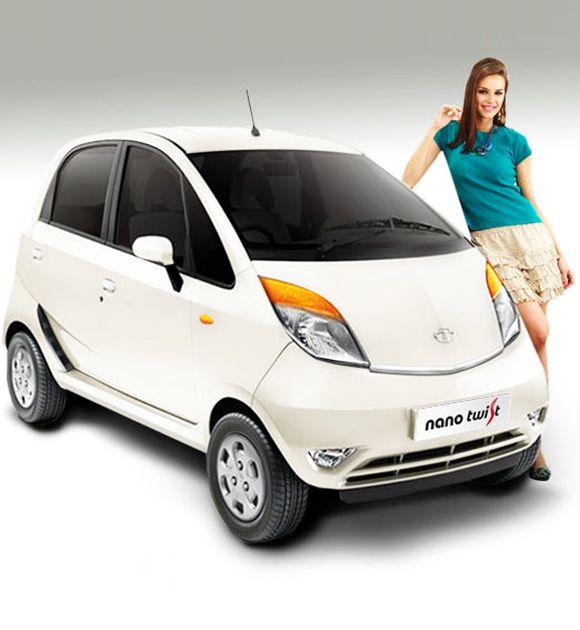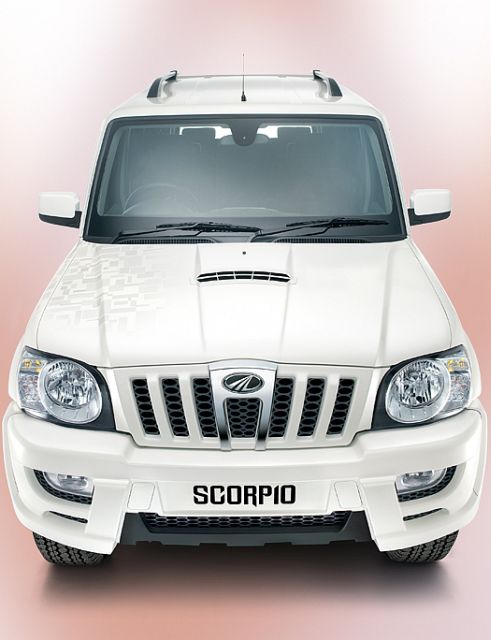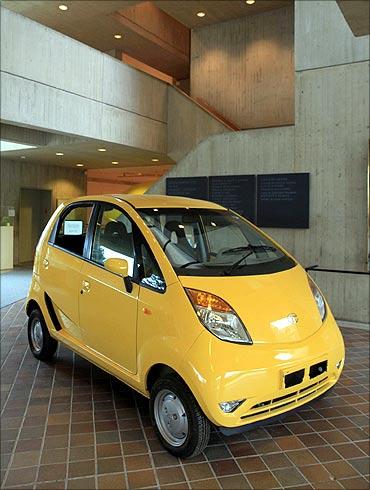 | « Back to article | Print this article |
6 mantras to build successful brands
Successful commercial brands with a strong reputation support a positive nation brand, says Miller Matola.
While reflecting on the value of strong commercial brands to a country's nation brand, I stumbled upon the following definition of national competitiveness: "National competitiveness is a term that can be defined on a number of levels. At its most basic level, a country's competitiveness requires a good use of human and natural resources for a country to achieve some goal. The goals that a country chooses are a reflection of the philosophy of the country, but they typically have two things in common: productivity and efficiency. A country can achieve a better competitive position through its ability to introduce productivity and efficiency into its use of these human and natural resources."
Indeed, Simon Anholt, who is regarded as the father of nation branding has said that "national image has more to do with national identity and the politics and economics of competitiveness."
In the politics and economics of competitiveness, we need to consider more than just the country's GDP and other such numbers.
Please click NEXT to read more…
6 mantras to build successful brands
We need to consider whether we are competitive in terms of being able to grow a nation that can compete equitably with global peers; we need to consider if we are growing individual brands with solid reputations that are considered leaders beyond their individual industries.
With any developing country and emerging economy a plethora of challenges continue to confront its developmental agenda.
A country's products and services are a critical measure used by investors and consumers to rate the country's attractiveness.
A nation's brands are purveyors of that identity and attributes and, therefore, go a long way in the nation brand building process. Needless to say, these brands should be mindful of their body language.
Here are some mantras that can be used to build global brands:
Please click NEXT to read more…
6 mantras to build successful brands
* Build on your advantage and then scale up: That's how TCS from India has grown. Same is the case with Woolworths from South Africa.
* Go after your countrymen residing outside and reach out to others as well: That's how supermarket brands like Shoprite Checkers and Pick and Pay have moved across South African borders.
Please click NEXT to read more…
6 mantras to build successful brands
* Identify a niche and then build a base: Mahindra Tractors has managed to do this in the US market while Shoprite Checkers from South Africa has done this in Africa.
* Look at geographic targeting rather than markets: Dabur has followed this strategy to grow its hair oil market share in countries of West Asia. South Africa's SAB Miller and Wines of South Africa has done quite the same with its range of beverages.
Please click NEXT to read more…
6 mantras to build successful brands
* Go for product innovation that can travel: Consider Tata Nano from India, which is at the cutting edge of engineering efficiency, and FNB from South Africa, which has continued to push innovation in the banking sector - such as mobile banking, mobile wallet… many of which have come way before some larger international banks introduced them.
Please click NEXT to read more…
6 mantras to build successful brands
* Build strong geographic identities for brands: Take the example of Basmati Rice and Darjeeling tea from India. Similar examples from South Africa would be Rooibos tea, South African wines and other local beverages like Amarula.
All these brands have earned valuable foreign exchange while boosting the image of their respective countries.
To sum up, a nation's 'brand' reputation and competitiveness matter when it aspires to position itself in the global marketplace as a destination of choice for the inflow of investment and capital.
These, in turn, will contribute to the national priorities of economic growth, job creation and sustainable development and ultimately the implementation of the national development plan that I spoke of right at the beginning.
Miller Matola, is CEO, Brand South Africa.





